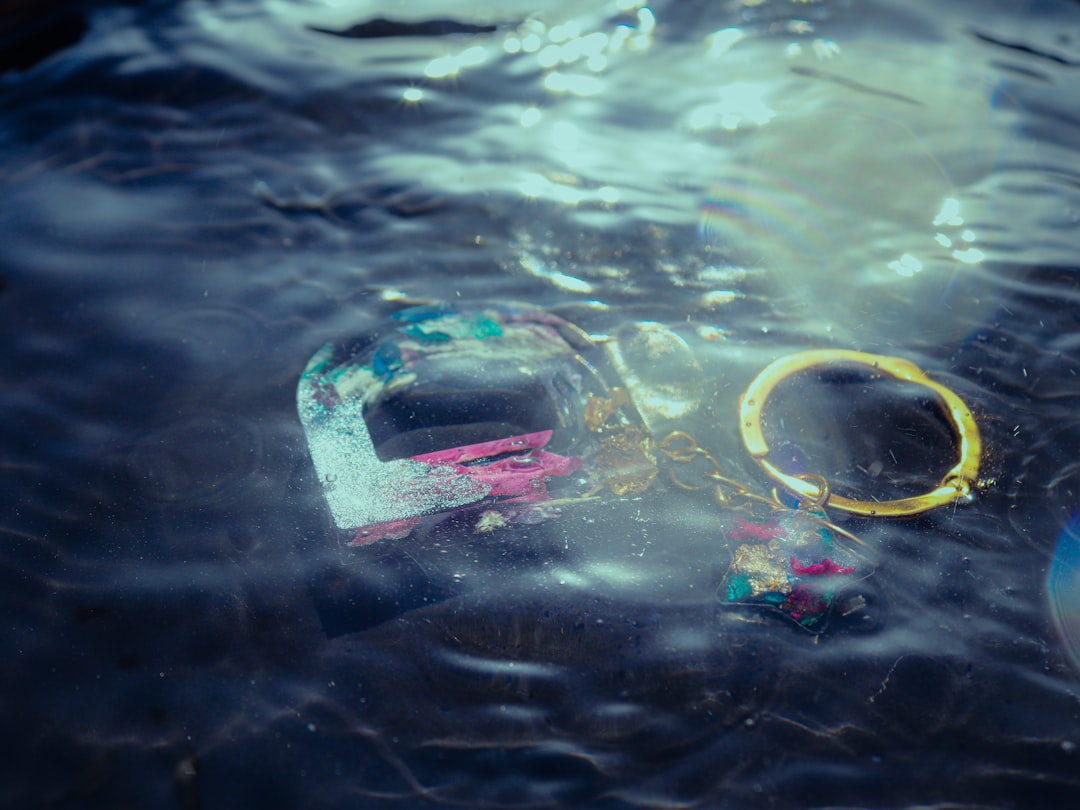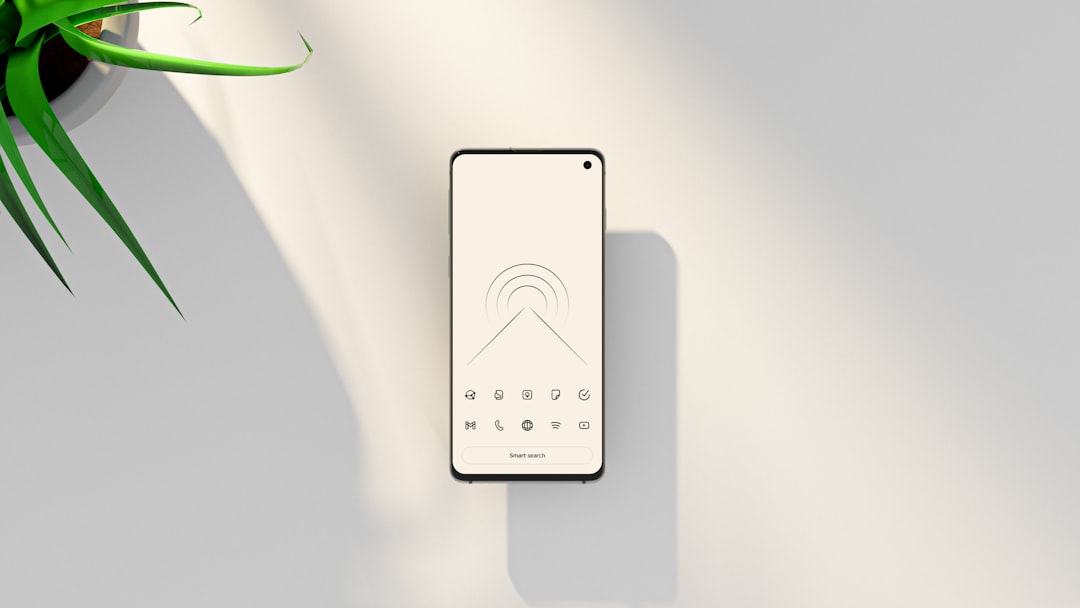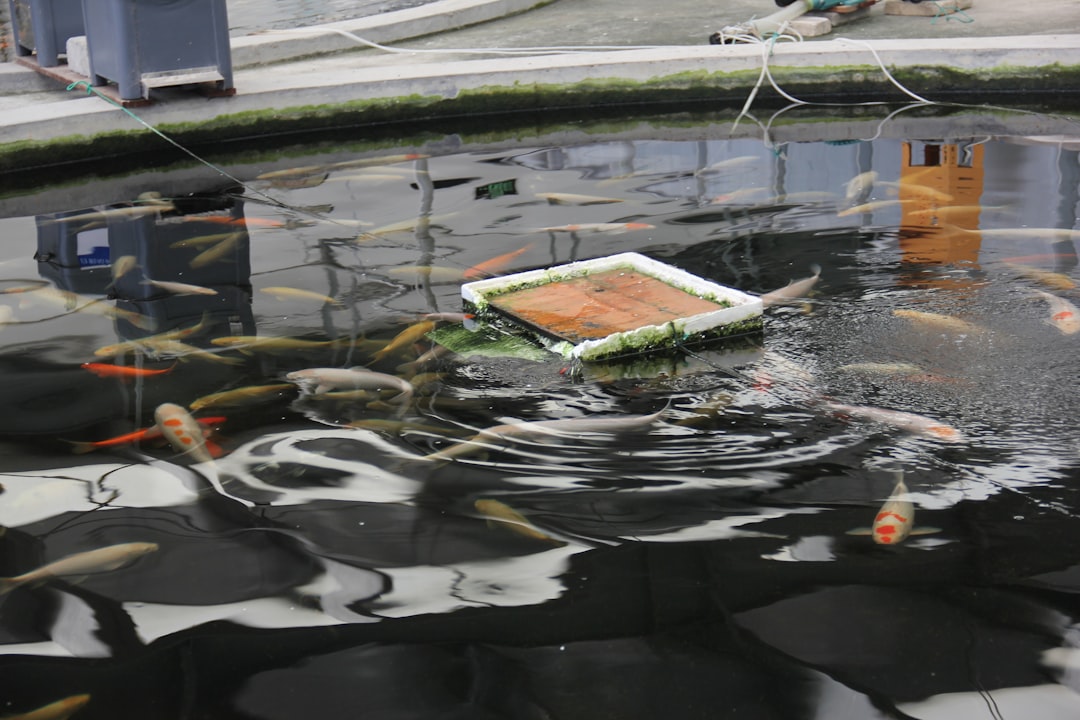Accidentally getting your phone’s charging port wet can cause a moment of panic. Whether you’ve dropped it in the sink, spilled a drink, or got caught in the rain, moisture entering this crucial area can interfere with charging, corrode internal components, and even render the phone useless over time. Fortunately, there are safe and effective methods to remove water from your charging port and prevent long-term damage. Understanding the proper steps to take—and mistakes to avoid—can make all the difference.
Why Water in the Charging Port is a Big Deal
Modern smartphones are often made with some level of water resistance, but this doesn’t mean they’re waterproof. The charging port is one of the most vulnerable parts of the device. Water in this area can lead to:
- Short-circuiting within the internal circuitry.
- Corrosion of the metal connectors over time.
- Blockage of the charging signal, preventing your phone from charging or syncing data properly.
Because of these potential issues, it’s important to act fast and correctly when your charging port gets wet.
Immediate Steps to Take
Here’s what you should do as soon as you realize water has entered your phone’s charging port:
- Turn off the phone: This helps prevent any short-circuiting that might occur due to moisture inside the port or other internal components.
- Disconnect from power sources: If your phone is currently connected to a charger, unplug it immediately.
- Hold the phone upright: Gravity can help prevent water from traveling deeper into the device.

Safe Methods for Removing Water
Here are some tried and tested ways to safely get water out of your phone’s charging port:
1. Let It Air Dry
One of the safest ways to dry out the charging port is simply to allow nature to do the work. Leave the phone standing upright in a dry, well-ventilated area. This process can take anywhere from a few hours to a whole day, depending on how much water has entered the port.
2. Use a Fan
If you’re in a hurry, position a fan to blow air directly into the charging port. This can speed up the drying process by promoting airflow without introducing heat that could damage internal parts.
3. Use Absorbent Materials
You can gently press a soft microfiber cloth around the port to soak up any sitting moisture. Cotton swabs can also help, but use them with caution to avoid breaking off cotton inside the port or damaging the connectors.
4. Use a Dirt and Water-Resistant Case for Future Protection
While this won’t remove existing water, now might be the right time to consider future prevention. Invest in a waterproof case, especially if you’re often around water, during travel, or live in a humid environment.
What You Should Not Do
It’s equally important to know what actions can worsen the situation:
- Don’t use a hairdryer: The heat can warp internal components and push moisture further inside your phone.
- Don’t insert objects: Sticking paper towels or sharp materials into the port can damage the connectors or lodge debris inside.
- Don’t charge immediately: Wait until you’re certain the port is completely dry before plugging in the charger again.
- Avoid using rice: Though popularized as a quick fix, rice is ineffective and might leave tiny grains or starch in your phone’s opening.
How to Check if the Port is Dry
After waiting and following the above drying methods, you might wonder if the port is safe for use. Here’s how you can assess:
- Take a flashlight and look inside the port to see if it appears dry and free of debris.
- Slightly shake the phone and listen for any sloshing sound—it may indicate trapped water inside.
- Try connecting the charger—but only after at least 24 hours or when you’re confident it’s dry. Some phones even display error messages like “Moisture detected,” which you should heed.
If You Still Get an Error Message
Even after drying efforts, moisture sensors might still detect dampness. If this happens:
- Wait a few more hours and try again—sometimes it simply needs more time.
- Restart your phone to refresh any persistent error display.
- Try wireless charging (if your phone supports it), while the port continues to dry.

When to Seek Professional Help
If the problem persists beyond 48 hours or your phone shows signs of malfunction—such as failing to charge, overheating, or display glitches—it’s time to visit a professional technician. They may use specialized tools like vacuum chambers or isopropyl alcohol baths (not advisable at home!) to reach trapped moisture inside the phone.
Prevention Tips for the Future
A little caution can save you a lot of trouble. Here are some easy-to-follow prevention strategies:
- Keep the phone away from liquids: Avoid using your phone near sinks, pools, or when it’s raining.
- Use port covers: Silicone port caps are inexpensive and provide a physical barrier against moisture and dust.
- Invest in waterproof gear: Waterproof cases or pouches can be a lifesaver during outdoor activities.
- Practice safe charging habits: Don’t plug in your phone when it’s damp, and wipe it off before connecting.
The Bottom Line
Water in your phone’s charging port isn’t necessarily the end of the world, but acting quickly and responsibly is key to preventing permanent damage. Whether you’ve had a minor splash or full immersion, the most important things are to avoid panic, stay patient, and resist risky DIY methods. Use airflow, absorbent materials, and time to your advantage—together, they can effectively dry your device and get things back to normal.
And remember: the best solution is always prevention. With the right accessories and habits, you can keep your phone safe even if accidents happen.


